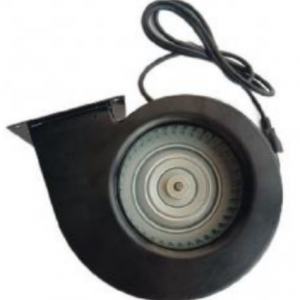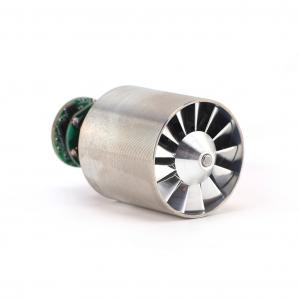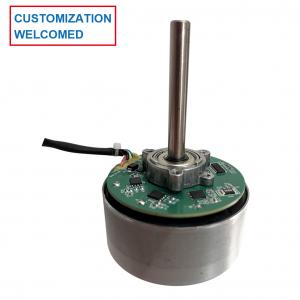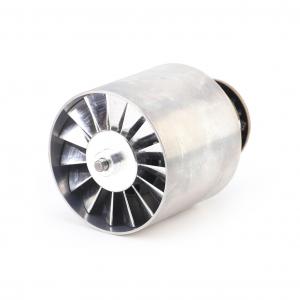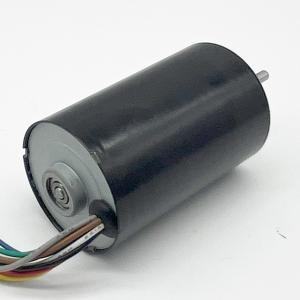How do linear actuators work
Linear actuators are devices that create motion in a straight line (unlike electric motors that spin in a circle). They basically **convert energy** — usually electrical, but sometimes hydraulic or pneumatic — **into straight movement**.
Here’s the basic idea depending on the type:
- **Electric linear actuators**:
A motor spins a screw (usually a lead screw or ball screw). As the screw turns, a nut threaded onto the screw moves back and forth, pushing or pulling a rod (the actuator shaft) out or in.
➔ Think of it like a motor-driven corkscrew moving a wine cork straight up or down!
- **Hydraulic linear actuators**:
Pressurized fluid (oil) pushes a piston inside a cylinder, making the piston rod extend or retract.
➔ Super strong — used in things like excavators and heavy machinery.
- **Pneumatic linear actuators**:
Same idea as hydraulic, but uses compressed air instead of oil.
➔ Quicker and cleaner, but less powerful.
They’re used in tons of things: robotics, adjustable desks, hospital beds, satellites — pretty much anywhere you need controlled, straight-line movement.
